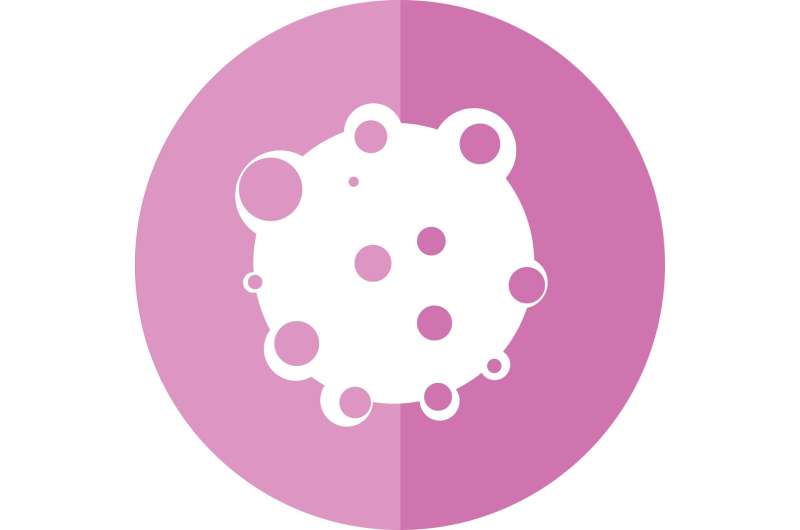Genetic causes of tumors in salivary glands

Acinic cell carcinoma is the third most common malignant form of salivary gland cancer. These tumours are similar to normal salivary gland tissue and occur most frequently in the parotid gland. Until now, the molecular causes for the illness were unknown. Researchers at Universitätsklinikum Erlangen at FAU, the German Cancer Research Centre (DKFZ) in Heidelberg, and the Berlin Institute of Health (BIH) have now been able to shed light on them.
Using genome sequencing on tumour tissue, the researchers identified a translocation of genetic material between chromosomes 4 and 9, which was present in all acinic cell carcinomas examined. Typically, such translocations in tumours lead to a new combination of genes, which then acquire new oncogenic, i.e. carcinogenic, properties. In the case of acinic cell carcinomas, the translocation which has now been discovered causes regulatory elements of DNA to be transferred from an active chromosome region to a normally inactive oncogene.
In this unusual form of translocation, the regulatory elements come originally from an area where genes which are responsible for functions in saliva and are highly active in salivary glands are located. When the chromosomes are rearranged, these highly active regulatory elements come into the vicinity of gene NR4A3, which is usually switched off once embryonic development has been completed.
The activation signals of the regulatory elements in the acinic cell carcinoma cause the gene to be switched on again. NR4A3 acts as a transcriptional factor to regulate the activity of a number of other genes, which then trigger cell division and growth, leading ultimately to the tumour starting to grow. Researchers were able to prove this mechanism by carrying out molecular testing on tumour tissue and functional analyses of cell culture models specially prepared for this purpose.
"Our research means that we can now diagnose acinic cell carcinomas in the salivary glands more easily and understand the fundamental biological processes behind tumour growth. In the long-term, we hope that we will also be able to develop new ways of treating patients on the basis of this new research," explains Prof. Dr. Florian Haller from the Institute of Pathology at FAU.
Similar genetic rearrangements of regulatory elements of DNA as a potential cause of malignant tumours have also recently been observed in brain tumours in children, referred to in this context as "enhancer hijacking."
More information: Florian Haller et al, Enhancer hijacking activates oncogenic transcription factor NR4A3 in acinic cell carcinomas of the salivary glands, Nature Communications (2019). DOI: 10.1038/s41467-018-08069-x


















